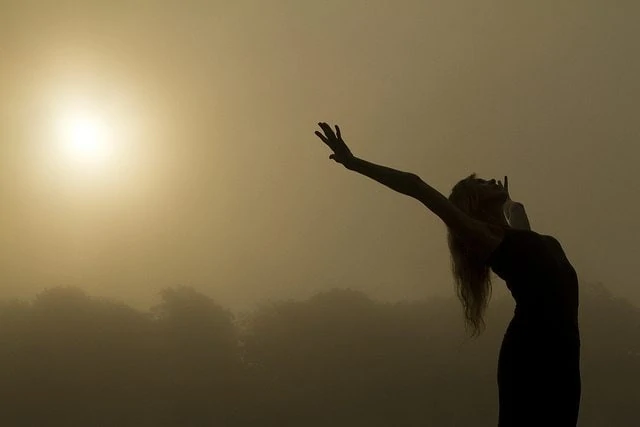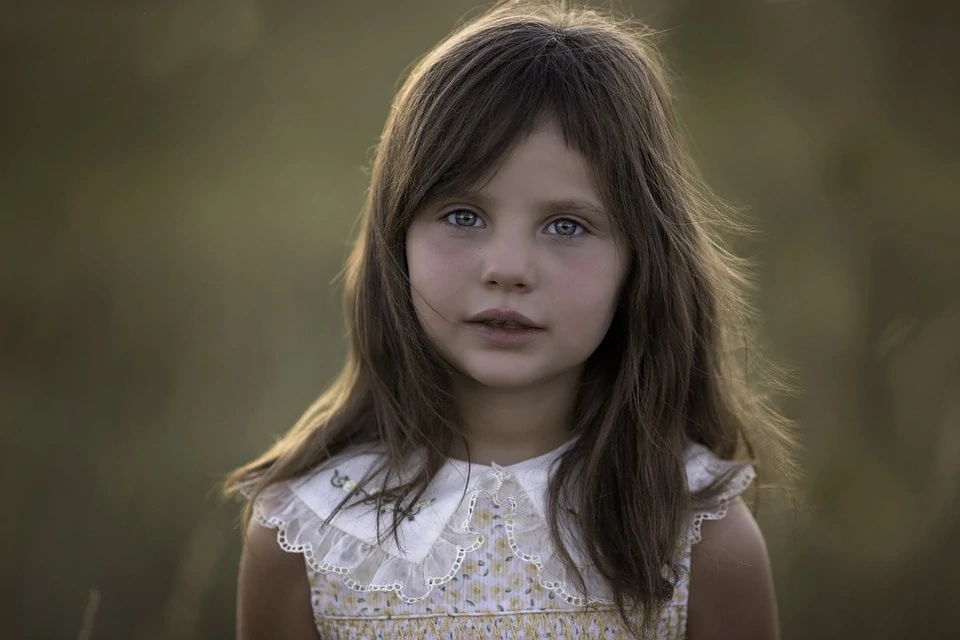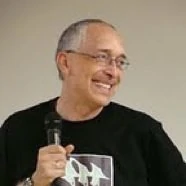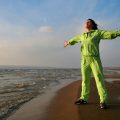
In a world where exposure and cognitive therapies are still thought to be best for dealing with trauma, body-based approaches can seem controversial. Yet through four decades of study and research on the forefront of trauma memory and healing, van der Kolk came to the conclusion that the conventional therapies aren’t exactly effective.
Exposure therapy involves confronting patients over and over with what most haunts them, until they become desensitized to it…. [But] desensitization is not the same as healing.
Similarly,
“Trauma has nothing whatsoever to do with cognition,” he says. “It has to do with your body being reset to interpret the world as a dangerous place.” That reset begins in the deep recesses of the brain with its most primitive structures, regions that, he says, no cognitive therapy can access. “It’s not something you can talk yourself out of.”
What does work is simple, yet powerful.
“The single most important issue for traumatized people is to find a sense of safety in their own bodies.”
Yoga, Movement, & Healing Trauma
Yoga and similar mindfulness practices that work with present (sensate) awareness have been found to help with self-efficacy, nervous system regulation and to reduce the reactivity that characterizes PTSD and complex trauma. Dr. Bruce Perry, an expert in childhood trauma, reports that brain stem-related activities that emphasize patterned, repetitive, rhythmic somatosensory activities like yoga, singing, drumming, running, help to regulate the nervous system and make the brain more accessible to relational (limbic brain) reward and cortical thinking.
Occupational therapists, too, have similarly been using balance activities and “heavy work“, that emphasizes physical effort, to provide vestibular and proprioceptive input . That’s because these systems help to calm our bodies and feel more oriented (more safe) in space.
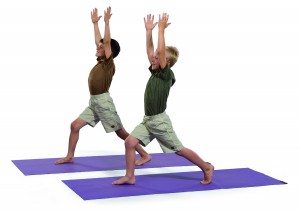
In fact, many of our Yoga Calm techniques were developed in a behavior classroom in direct response to these needs.
Later, she would further develop her approach further with her elementary school counseling groups by creating a safe space for the exploration of yoga, emotional sharing, and social skills development. As van der Kolk writes,
Safety, predictability and “fun” are essential for the establishment of the capacity to observe what is going on, put it into a larger context and initial physiological and motoric self-regulation.
For more information on this topic see our previous posts and resources, including:
- Tips for Trauma Sensitive Yoga
- Adaptations: Yoga Calm for Children Who Have Been Abused & Neglected
- A Somatic Approach Toward a Bully-Free Future
- Susan Jepson-Deresta, LCSW, highlights Dr. Bruce Perry’s Neurosequential model for childhood trauma and how Yoga Calm complements his six core strengths.
Another Revolutionary Approach: TRE
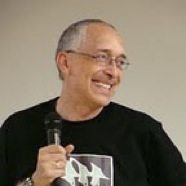
Lynea has been using Dr. Berceli’s simple yet powerful TRE technique for the last three years with children and adult clients alike. You can read more about the basis for TRE here and here or you can learn firsthand from Lynea and Dr. Berceli at our TRE – Tension/Trauma Release workshop in Portland, Oregon, January 31 – February 2, 2020.
Join us for this unique gathering of innovative professionals and passionate community members who are working together to expand our approach to trauma. This course typically fills up very fast, so Register Now!
Top image by Riley Kaminer, via Flickr

